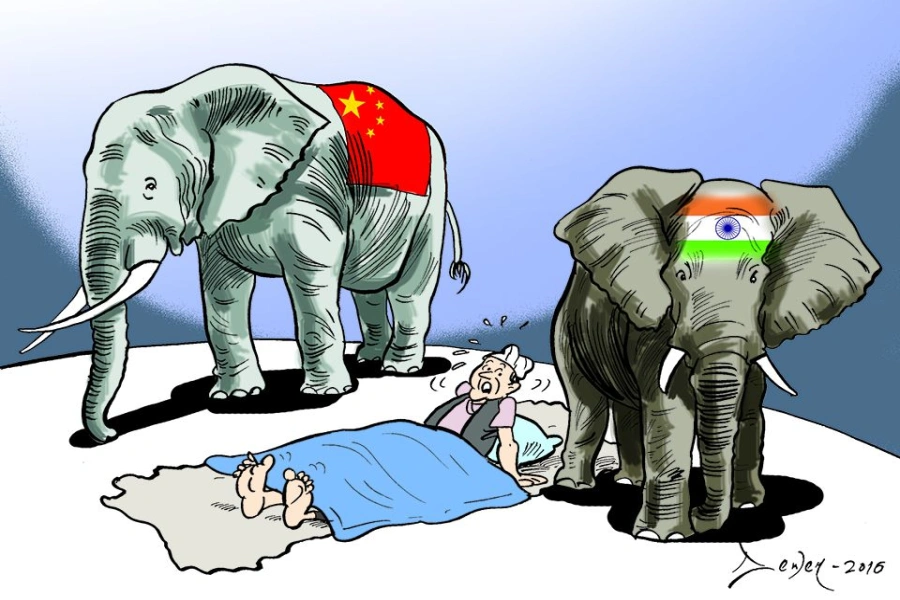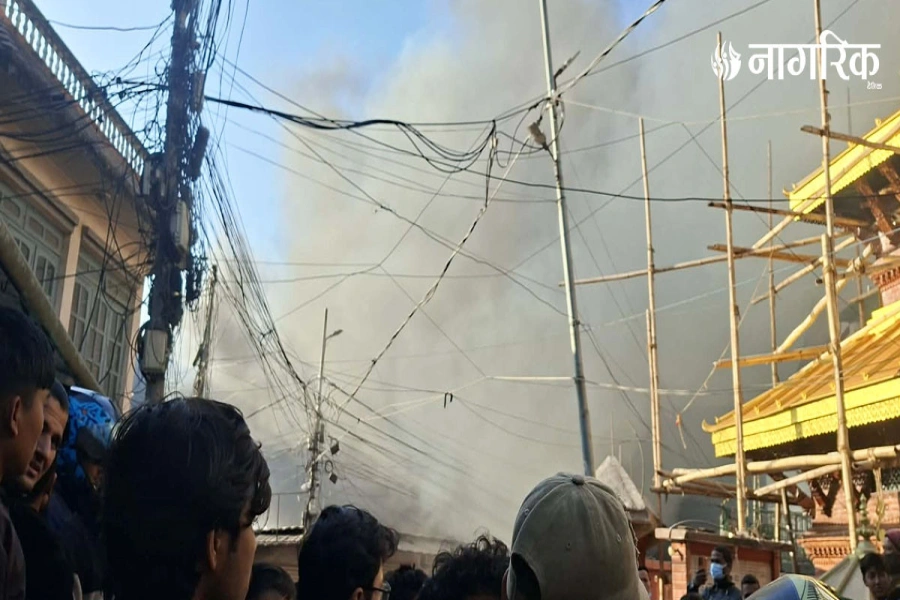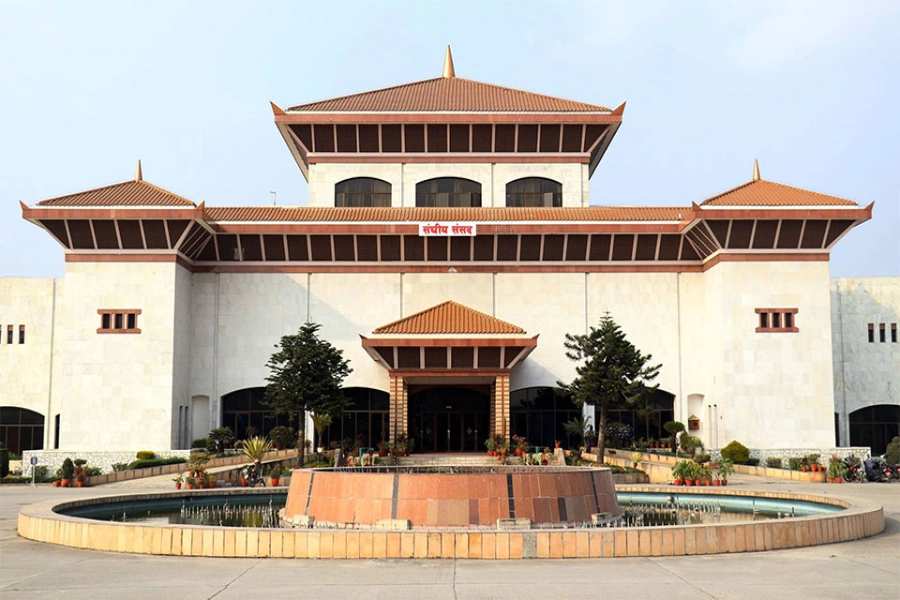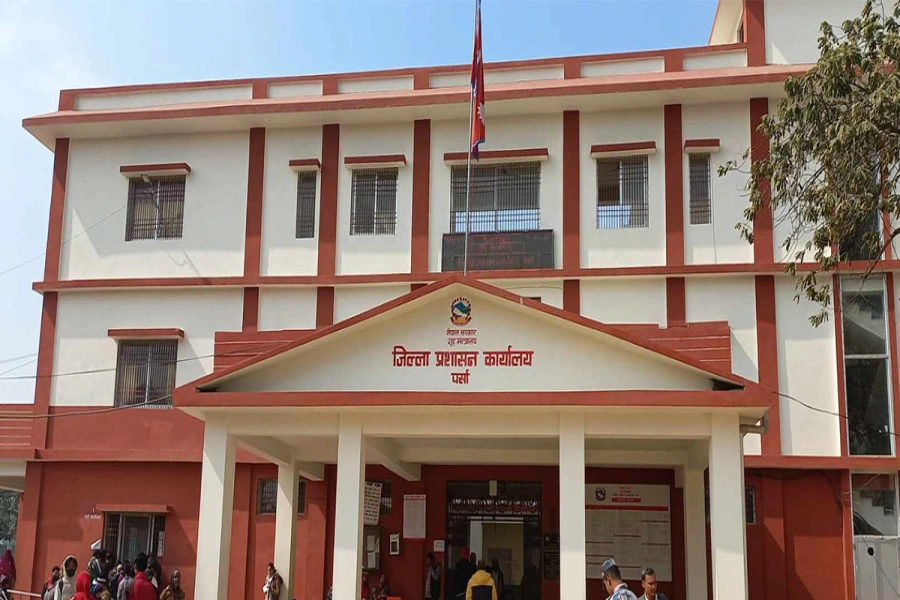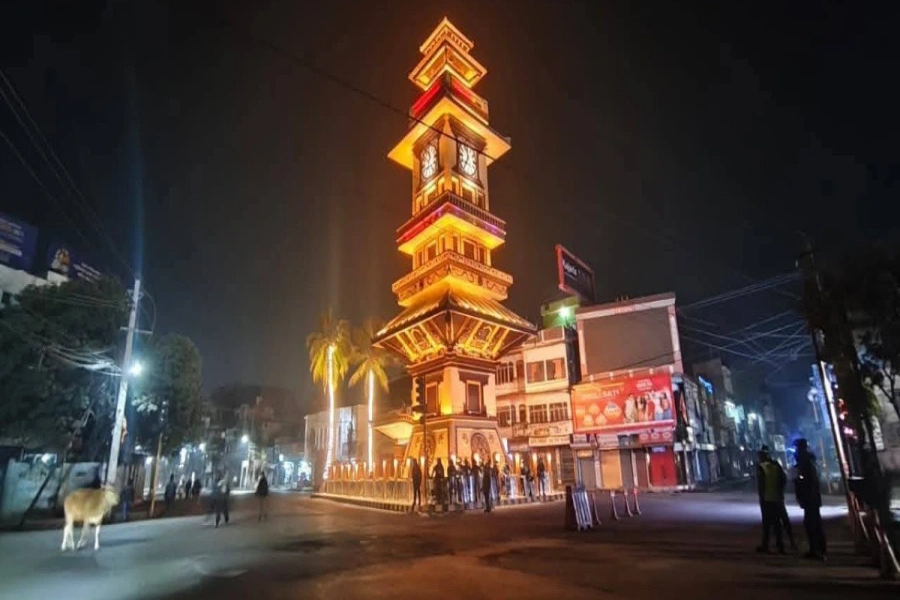The central puzzle is whether the dissolution of parliament will mark the beginning of the end of Nepal’s republic system. Time will definitely lift the curtain.
The dissolution of the parliament is a watershed moment in the Nepali political history and might be remembered as a point of no-return, shattering the dream of Nepalis who believed the country was on the path of stability and prosperity. The constitution that engendered this hope itself is in crisis within a very short span of time. Understandably, this dropping a bombshell came as a preemptive strike against cooking up a no-confidence motion. However, that does not justify or minimize the consequences of the dismantling of the parliament. Ordinary people are now worried whether this incident is the bad omen that would again perpetuate the country’s cycle of instability and violence of the past. Is this situation equivalent to the crossing of the Rubicon in Roman history?
With his army, 13th Legion, Julies Caesar crossed the Rubicon River on Jan 10, 49 BC when his political competitor and friend, Pompey, had plotted a legal trial to deprive him of his rightful political position. With no other option, he decided to cross the non-permissive boundary committing himself to the course of civil war. Once the tug-of-war started, both Caesar and Pompey sought support from and used the territory of neighboring countries Greece and Egypt. Although Pompey relied on Greece for raising his military and later pursued support from his closest powerful ally Egypt, thinking that the debt the Egyptian king had owed him would support him defeating his political rival Caesar, he was killed on the orders of the king of Egypt. On the other hand, Caesar got support from Cleopatra, who was well prepared to seduce Caesar to use him to her own advantage. The crossing of the Rubicon marked Caesar’s rise in the helm of Rome, who eventually proclaimed ‘dictator for life’ and ushered in the end of the Roman republic.
While the history would tell whether the recent dissolution of Nepal’s parliament is tantamount to the historic crossing of the Rubicon or not, the time will also reveal who crossed the Rubicon and whether or not this incident will lead to a civil war inviting interference from immediate neighbors. Most importantly, the central puzzle will be to know whether this episode will mark the beginning of the end of Nepal’s republic system. Time will definitely lift the curtain. Everything is currently in chaos—not crystallizing who is ‘Caesar’ and who is ‘Pompey’ in Nepali politics. It is also not distinguishable who is ‘Mark Anthony’—a good General and trusted staff of Caesar but a lousy politician. Moreover, who fits in the role of ‘Brutus,’ the Roman senator and ambitious politician who ultimately assassinated Caesar, is unknown.
An other Rubicon called the Brigade of Gurkhas

Although Caesar and Pompey were both time-tested, battle-hardened, comrade in arms, their ambition and non-accommodation and unacceptance of others led to political chaos, killing many innocent and impeding the progress of Rome. Their feud was against the will of the Roman people and contrary to the republic system that both revered the most. The two protagonists’ personality clashes eventually culminated in a system that ended republicanism and emasculated the Senate.
Nepali republicanism is not just the opposite of monarchism, as some perceive in Nepal. It has been the aspiration and hope of the general population for political stability and development. It also has been a longstanding and cherished dream of Nepali people to govern their country by themselves, being sovereigns. Unfortunately, since the factors changed but not the actors, the new republic has been mired by the same old faces and stereotypical thinking. With the sense of immense responsibility to their nation, some youths wanted to come forward and lead the country, but the club of elderly elites threw cold water on them.
One of America’s founding fathers, James Madison, defended the republican form of government proposed by the Constitution in 1787. In his most substantial argument, Madison suggested that the large representation in the republic would protect the rights of minorities. Defining ‘factions’ as groups of people who come together to promote and protect their interests, he contended that the diverse and numerous factions would enable America to avoid the tyranny of the majority by forcing them to negotiate and compromise themselves, thereby protecting the rights of minorities.
Madison maintains that there are only two possible ways to control a faction’s danger, by removing its cause or controlling its effects. The cause could be removed by destroying liberty or giving every citizen the same opinions, passions, and interests. Liberty cannot be destroyed because it is essential for political life, which would be equivalent to a cure worse than the disease itself. Thus, the causes of factions are the inherent nature of man and impossible to remove. The only option is to control the effects. Unlike pure democracy, as practiced in Athens in five-century BC, the republic form of government created by the Constitution can control the harm caused by such factions by allowing greater representations and diluting factional effects. Madison’s insight of the republic, drawing from historical observation, is an unprecedented philosophical debate on governance.
In Nepal, from the very outset, the new republic faced a multitude of challenges from within and outside—some seen, others unseen, few perceived, many real. Nevertheless, the Nepalis were able to withstand many of such threats without realizing that the system could implode from within. And, much to the Nepali peoples’ chagrin, the antagonists are none other than the system’s very custodians. Now, perforce, Nepalis again tend to believe in conspiracy theories that claim the so-called statesmen are traitors.
This historical analogy is undoubtedly not a perfect match. The verisimilitude of Nepal’s political catastrophe is by no means equal to the historical characters and events of the Roman republic, where the two great statesmen, Caesar and Pompey, were larger than the life figures.
However, the two scenarios can be compared to the extent where two politically ambitious personalities act against each other at the cost of the entire population and their country and jeopardize the republic. As political scientists and historians Richard E Neustadt and Ernest R May explain in their book Thinking in Time the use of historical experience will enable us in “deciding what to do today about the prospect for tomorrow.”
This analogy might find some clue about the prospect for tomorrow.
Regarding the fate of the first parliament, which was established after the fully operationalized new Constitution of Nepal, the ball is now in the court of the Supreme Court. The role of the Chief Justice is critical in upholding the hope of the Nepali people. His verdict, along with that of other judges of the constitutional court, either for or against the reinstatement of parliament, will have a far-reaching impact on Nepali political history.
The forthcoming crucial decision will not only brand someone a bad guy or a good guy but also indicate whether the current political crisis is just a one-act play or a full drama of Shakespearean tragedy.
The time will tell who crossed the Rubicon in Nepali politics and whether the republic will survive.





